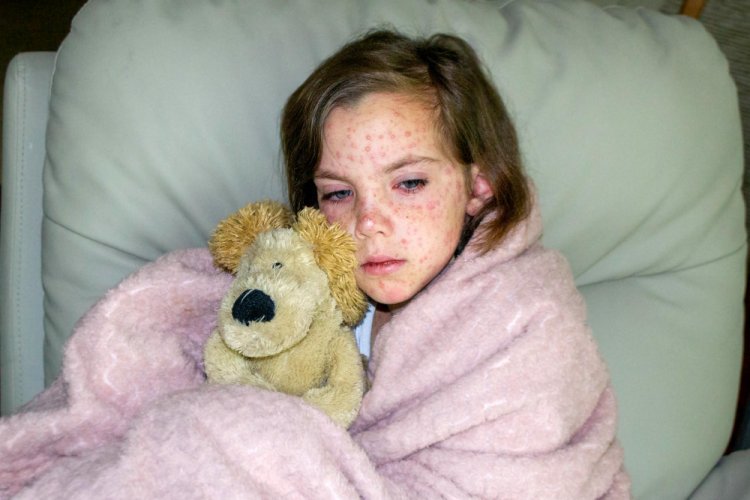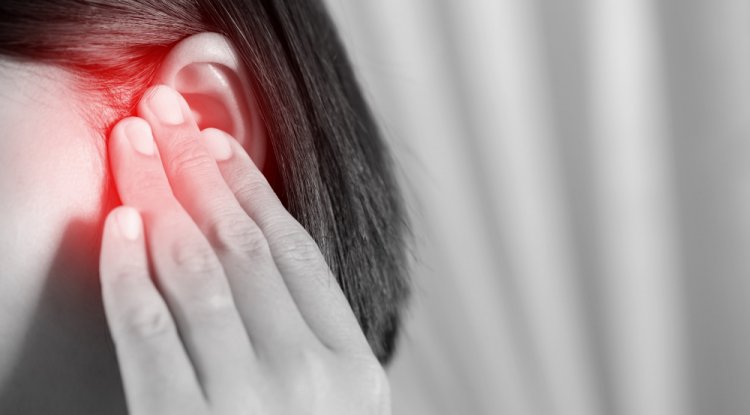From Chickenpox to Shingles: Understanding the Viral Journey
Shingles, also known as herpes zoster, is a viral infection characterized by a painful rash. It is caused by the varicella-zoster virus, the same virus that causes chickenpox. After a person recovers from chickenpox, the virus can remain dormant in the body and reactivate years later, leading to shingles. In this comprehensive article, we will delve into the causes, symptoms, diagnosis, treatment, and prevention of shingles.

Causes:
The primary cause of shingles is the reactivation of the varicella-zoster virus, which typically lies dormant in nerve tissue after causing chickenpox. The exact reason why the virus reactivates is not fully understood, but factors such as aging, weakened immune system, stress, and certain medical conditions like HIV/AIDS or cancer can increase the risk of shingles.
Symptoms:
The hallmark symptom of shingles is a painful rash that usually appears as a single stripe of blisters on one side of the body, often wrapping around the torso or face. Other common symptoms may include:
- Pain, burning, or tingling sensation
- Itching
- Fever and chills
- Headache
- Fatigue
- Sensitivity to touch
- Fluid-filled blisters that crust over
Diagnosis:
Shingles is typically diagnosed based on the characteristic rash and accompanying symptoms. A healthcare provider may also perform a physical examination and may take a sample from the rash for laboratory testing to confirm the presence of the varicella-zoster virus.
Treatment:
Early treatment of shingles can help alleviate symptoms, speed up recovery, and reduce the risk of complications. Treatment options may include:
- Antiviral medications
- Pain relievers
- Topical treatments
- Anticonvulsants or antidepressants
Complications:
While most people recover from shingles without complications, some may experience complications such as:
- Postherpetic neuralgia (PHN)
- Vision problems
- Neurological complications
Prevention:
The best way to prevent shingles is by getting vaccinated. In addition to vaccination, maintaining a healthy lifestyle, managing stress, and practicing good hygiene can help reduce the risk of shingles.
In conclusion, shingles is a painful and potentially serious condition caused by the reactivation of the varicella-zoster virus. Early recognition and treatment of shingles can help alleviate symptoms, speed up recovery, and reduce the risk of complications. Vaccination is the most effective way to prevent shingles and its complications, underscoring the importance of immunization in maintaining overall health and well-being.
#Shingles #HerpesZoster #VaricellaZosterVirus #Chickenpox #ShinglesSymptoms #ShinglesTreatment #ShinglesVaccine #PostherpeticNeuralgia #ViralInfection #HealthAwareness #Immunization #PainManagement #HealthTips #WellnessWednesday #HealthyLiving #MedicalKnowledge #DiseasePrevention #Healthcare #MedicalResearch #StayInformed #HealthAndWellness #VaccinationAwareness #HealthyLifestyle
Disclaimer:
The information provided in this article is for educational purposes only and should not be considered medical advice. If you have any health concerns or are experiencing symptoms, it is important to consult with a healthcare professional, such as a doctor or clinic, for proper diagnosis and treatment. Always seek the advice of your doctor or other qualified health provider with any questions you may have regarding a medical condition. Do not disregard professional medical advice or delay in seeking it because of something you have read in this article.
What's Your Reaction?





















